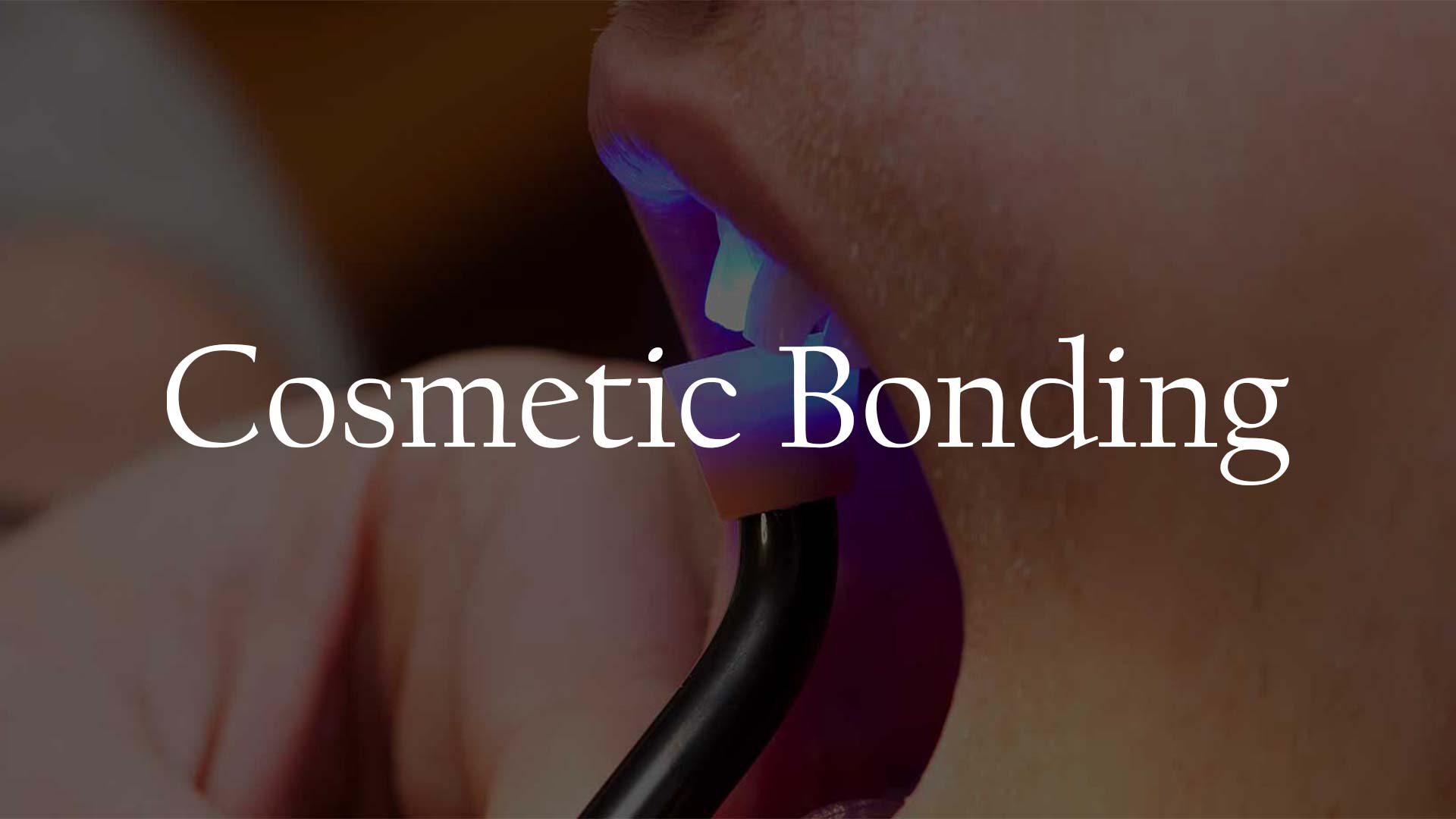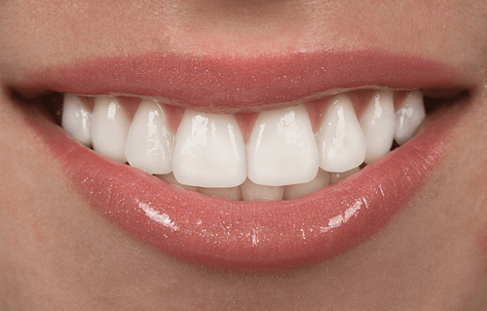How long does Cosmetic Bonding Last?
In the realm of modern dentistry, cosmetic bonding has emerged as a versatile and minimally invasive procedure that can transform smiles and boost self-confidence. However, as with any dental intervention, patients often wonder about the longevity of their investment in cosmetic bonding. This article delves into the world of cosmetic bonding, shedding light on its durability, factors influencing its lifespan, and its role in dental emergencies.
Cosmetic Bonding: A Closer Look
Cosmetic bonding, often referred to as dental bonding, is a cosmetic dentistry procedure that involves the application of a tooth-colored resin material to repair, restore, or enhance the appearance of teeth. It is a popular option for addressing a range of aesthetic concerns, including chipped, stained, or misaligned teeth. The bonding material is carefully sculpted and bonded to the tooth surface, resulting in a natural and seamless appearance.

Understanding the Lifespan of Cosmetic Bonding
The longevity of cosmetic bonding is influenced by various factors, including the quality of the materials used, the patient's oral hygiene practices, and the nature of their lifestyle choices. On average, cosmetic bonding can last anywhere from 3 to 10 years, but some patients have reported their bonding lasting even longer with proper care.
Factors Influencing Durability
- Material Quality: High-quality bonding materials tend to have better durability. Advances in dental technology have led to the development of materials that closely mimic the natural appearance and strength of teeth.
- Oral Hygiene: Maintaining good oral hygiene practices, including regular brushing, flossing, and professional cleanings, can significantly extend the lifespan of cosmetic bonding.
- Dietary Habits: Avoiding excessive consumption of stain-inducing foods and beverages (e.g., coffee, red wine) can prevent discoloration and help preserve the appearance of the bonding.
- Avoiding Bad Habits: Habits like biting on hard objects (e.g., ice, pens) and using teeth as tools should be avoided, as they can weaken the bonding material and lead to premature damage.
- Bruxism: Patients with teeth grinding or clenching habits (bruxism) may experience shorter bonding lifespans. Wearing a nightguard can help protect the bonding from excessive forces.
- Regular Check-ups: Routine dental check-ups allow dentists to monitor the condition of the bonding and address any issues promptly.

Cosmetic Bonding in Dental Emergencies
In the realm of dental emergencies, cosmetic bonding plays a valuable role in providing immediate solutions for patients. Whether it's a chipped tooth resulting from a fall or a sudden fracture due to accidental impact, cosmetic bonding can often be used to restore the tooth's appearance quickly. However, it's important to note that while cosmetic bonding can provide temporary relief, a more comprehensive solution might be needed for severe damage.
Temporary vs. Long-Term Solutions
While cosmetic bonding can offer a quick fix in emergencies, it's essential to recognize the distinction between temporary and long-term solutions. In cases of minor chips or fractures, cosmetic bonding can be an effective temporary solution, buying time until a more comprehensive treatment plan can be implemented. For extensive damage, a more durable restoration such as a dental crown might be recommended for long-term stability.
Conclusion:
Cosmetic bonding stands as a remarkable solution in the world of modern dentistry, offering patients an opportunity to enhance their smiles with minimal invasiveness. While the durability of cosmetic bonding varies based on several factors, it is clear that proper care and maintenance play a crucial role in extending its lifespan. In dental emergencies, cosmetic bonding provides a valuable tool for immediate aesthetic improvements. However, patients should remain aware of the distinction between temporary and long-term solutions, opting for comprehensive treatments when necessary. By understanding the intricacies of cosmetic bonding's durability and its role in dental emergencies, patients can make informed decisions that lead to lasting smiles and optimal oral health.
Comments
Post a Comment